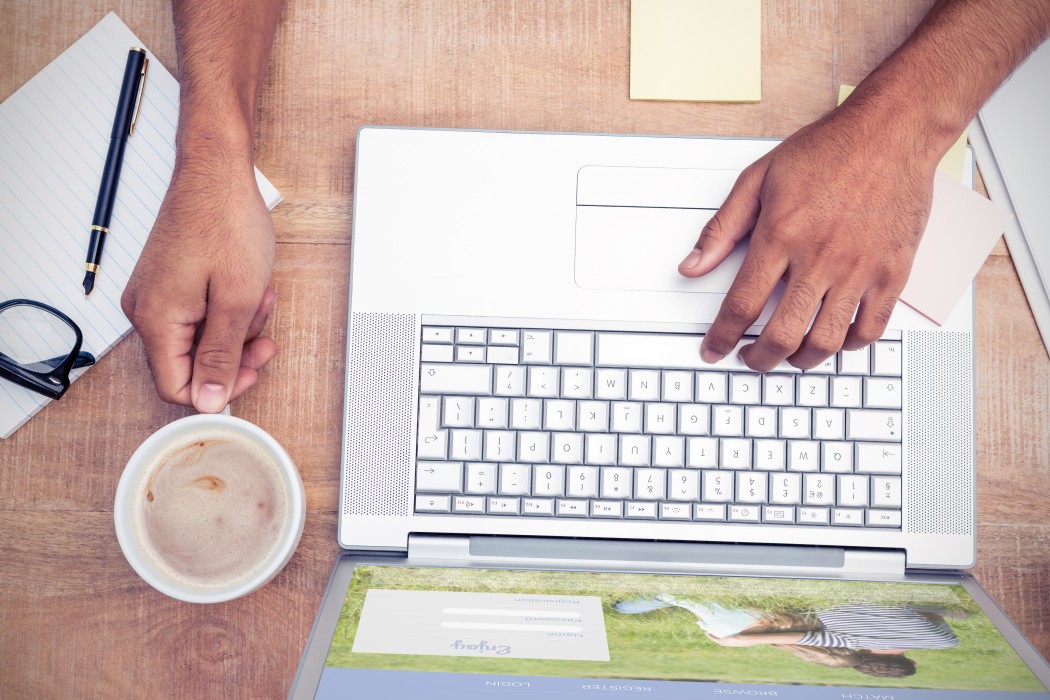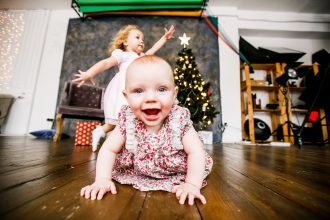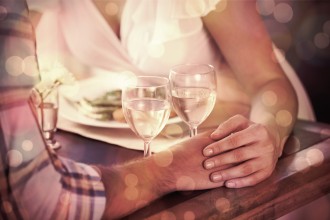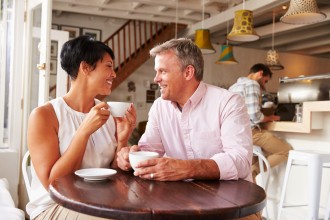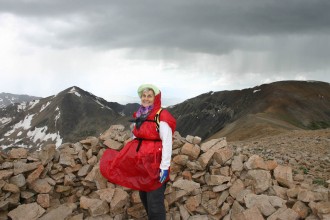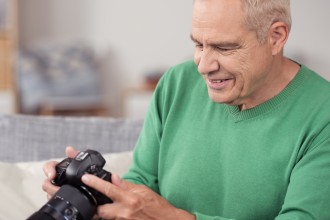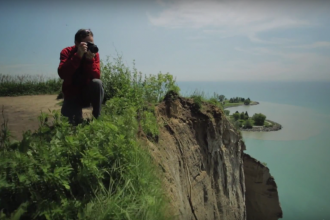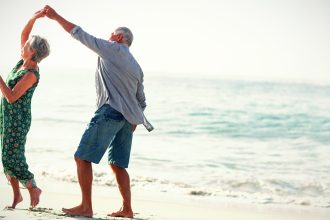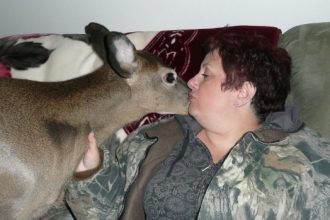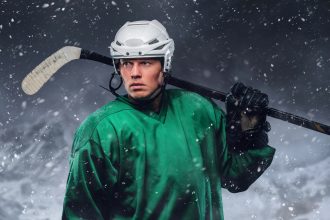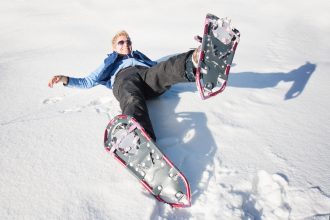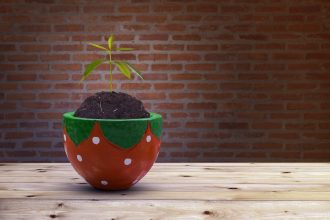The rise of online dating has opened up a new world of opportunity for singles, but it has also introduced a whole new set of questions. What is the best way to represent yourself? How personal should you get on your profile? And most importantly of all, what photo should you use?
According to research from online dating sites, your photos are the most important part of your profile. On the popular dating site eHarmony, people with photos are nine times as likely to receive messages, and people with four or more photos receive the most messages. Your photo communicates valuable information—not just about what you look like, but about your personality and what you’re interested in. It’s key, then, to have a photo that will represent you well and accurately. While there is no one-size-fits-all advice for profile photos (after all, everyone is attracted to different things), there are some general guidelines that can help you make a good impression. Here are some of the best tips we dug up.
Use a wide, mid-range photo
Wide photos tend to get the most attention, according to eHarmony’s statistics. While this might not seem logical at first, take a look at your Facebook and check out the landscape photos of yourself. Odds are, in a landscape photo, you’re engaged in an activity or you’re in an interesting place—after all, there must be a reason that the photographer chose to go with the wide angle. Photos that show you being engaged with your surroundings show viewers more of your personality. Close-up, cropped pictures are awkward and give the impression that you’ve just cut yourself out of a bigger picture. Remember, people on dating sites go into your profile knowing nothing about you, so it’s a good idea to give them as much context as you can, as quickly as possible.
Use a high-quality, well-lit photo (preferably taken by someone else)
Selfies actually don’t fare too badly on online dating sites, but if you have a DSLR and a friend with a good eye, this might be the time to enlist their help. As stated previously, close-ups that don’t show anything but your face don’t tend to do as well as dynamic, full-body photos, and to get one of those, you probably need a friend’s help. Lighting is also key—just think of how much better you look in natural light than under fluorescent tubes—so, if possible, get outside and take advantage of the sun. And of course, make sure your photo is at a quality fit for internet (at least 72 pixels per inch). Grainy, pixelated images equal online dating doom.
Don’t touch it up too much
While some light filtering and touching up can make your photo pop, too much editing detracts from the feeling of authenticity. According to Smithsonian Magazine, when men saw touched up photographs of women, they deemed them “less trustworthy,” possibly because of the suspicion that they were being “catfished” (that is, lured in with a fake photo). Of course the most important reason to avoid too much Photoshop is that it misrepresents you. After all, the goal of online dating is to get offline, and it’s best to create an honest representation of yourself before you meet in real life. So make sure you’re getting interest from people who are interested in you as you are. Those are the people you will be happiest dating, guaranteed.
Smile—if you feel like it
A dating profile is a place to show different facets of yourself. If you’re a friendly, happy person, a smile will go a long way. If you’re feeling more mysterious, then using a photo where you’re not smiling or looking away isn’t such a bad idea. It’s probably best to have an expression of some sort (the blank stare isn’t a good look for most of us), but it’s up to you to decide what sort of attitude you feel like putting out there.
Look to the right
We believe firmly in representing yourself accurately, but that doesn’t mean you shouldn’t try to look like your best self in your photo. And, according to research, looking your best often means looking to the right—that is, showing the left side of your face. According to a study in Experimental Brain Research, the left side of your face exhibits more emotion, which makes it more pleasant to viewers. Of course, many people may have their own preferences about which side is their best, and that’s ok. But when in doubt, angle to the right.
Also on RNR:
https://youtu.be/_2KsoGySg20

